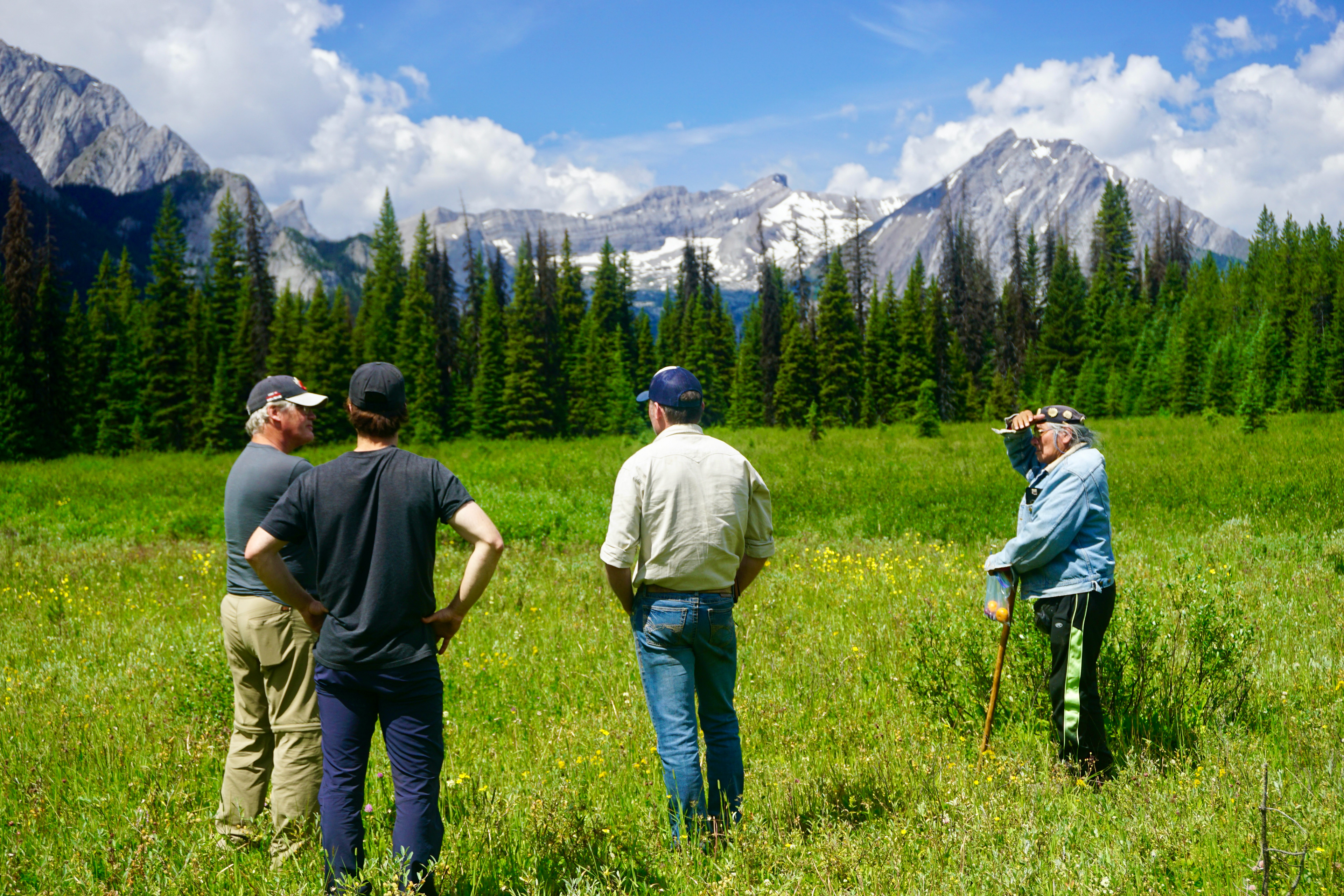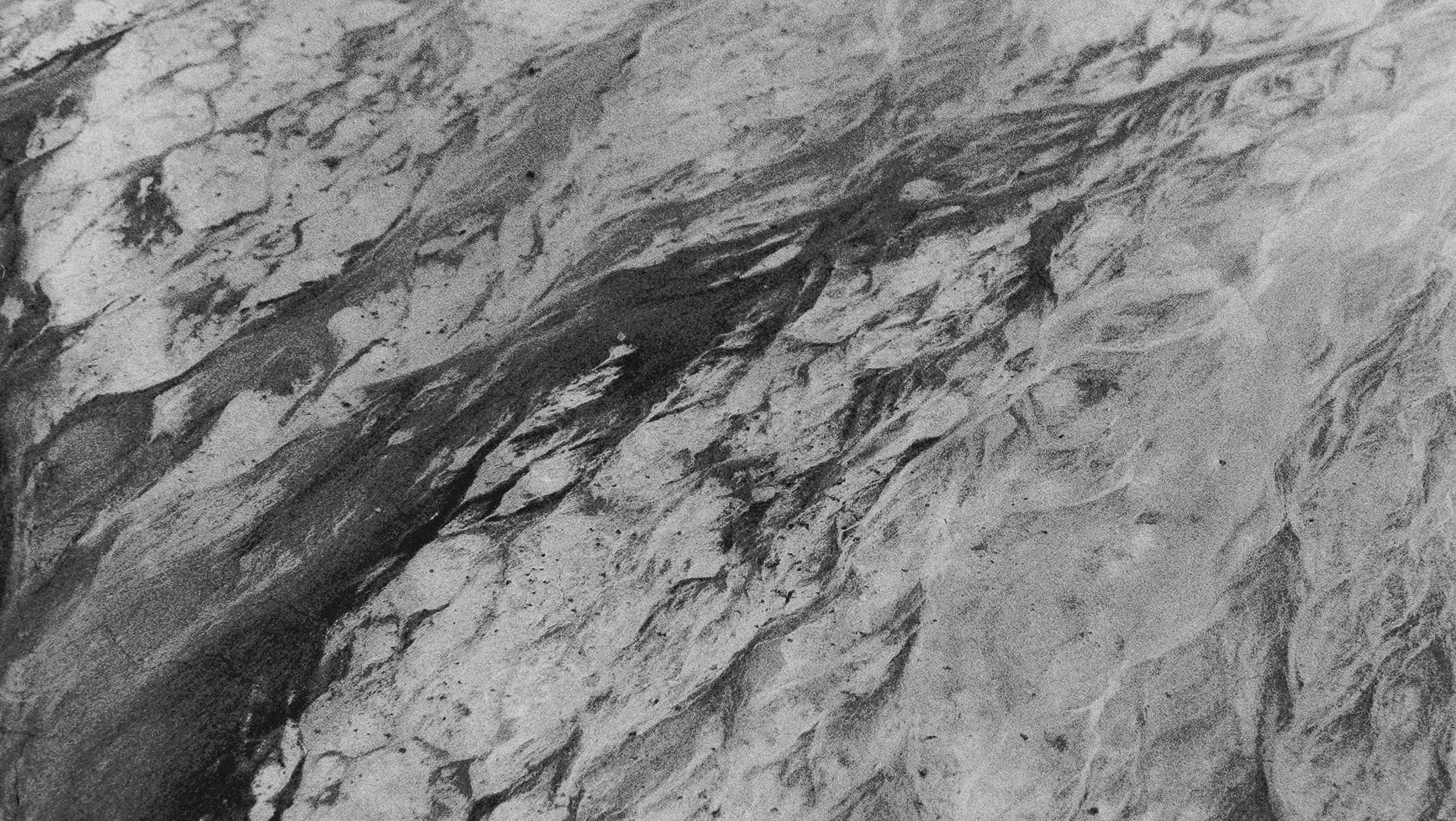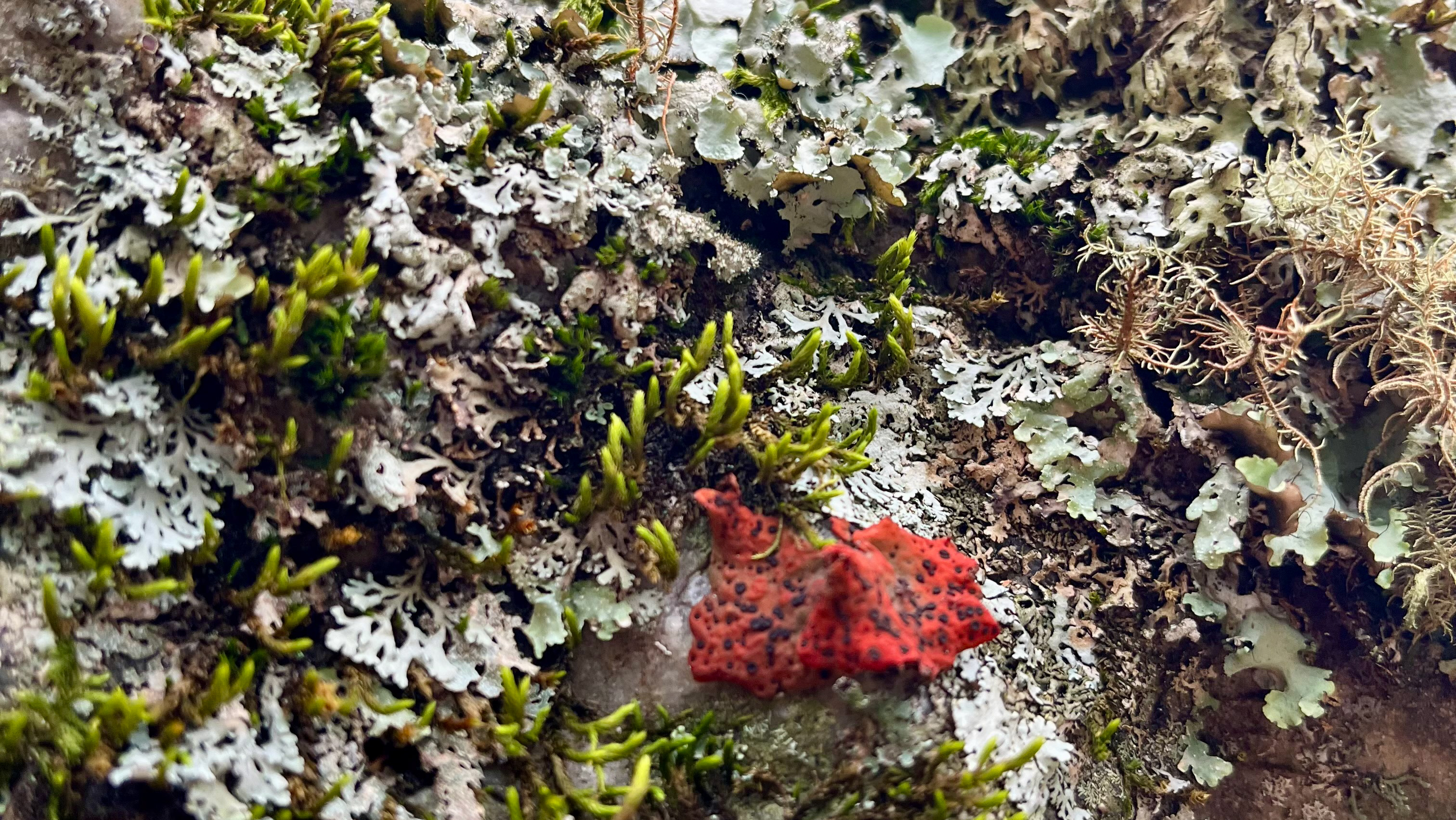Moss Biomonitoring
Certain species of moss do a very good job of pulling nutrients directly from the atmosphere. This also means that if you were to analyze the living portions of their tissue, it'll contain a snapshot of air quality over the last 2 to 3 years. In coal mining regions of Appalachia, increased airborne contaminants have led to poor community health outcomes for persons living near mountaintop removal coal mines. Although the Elk Valley of British Columbia is Canada's largest coal mining region, producing upwards of 20 million tonnes of coal per year, little-to-no research has examined the extent and spatial distribution of potentially toxic elements originating from fugitive dust emitted from the region's large mountaintop coal mines. This research set out to answer a very simple question - what is the extent and spatial distribution of potentially toxic elements originating from fugitive dust emissions?
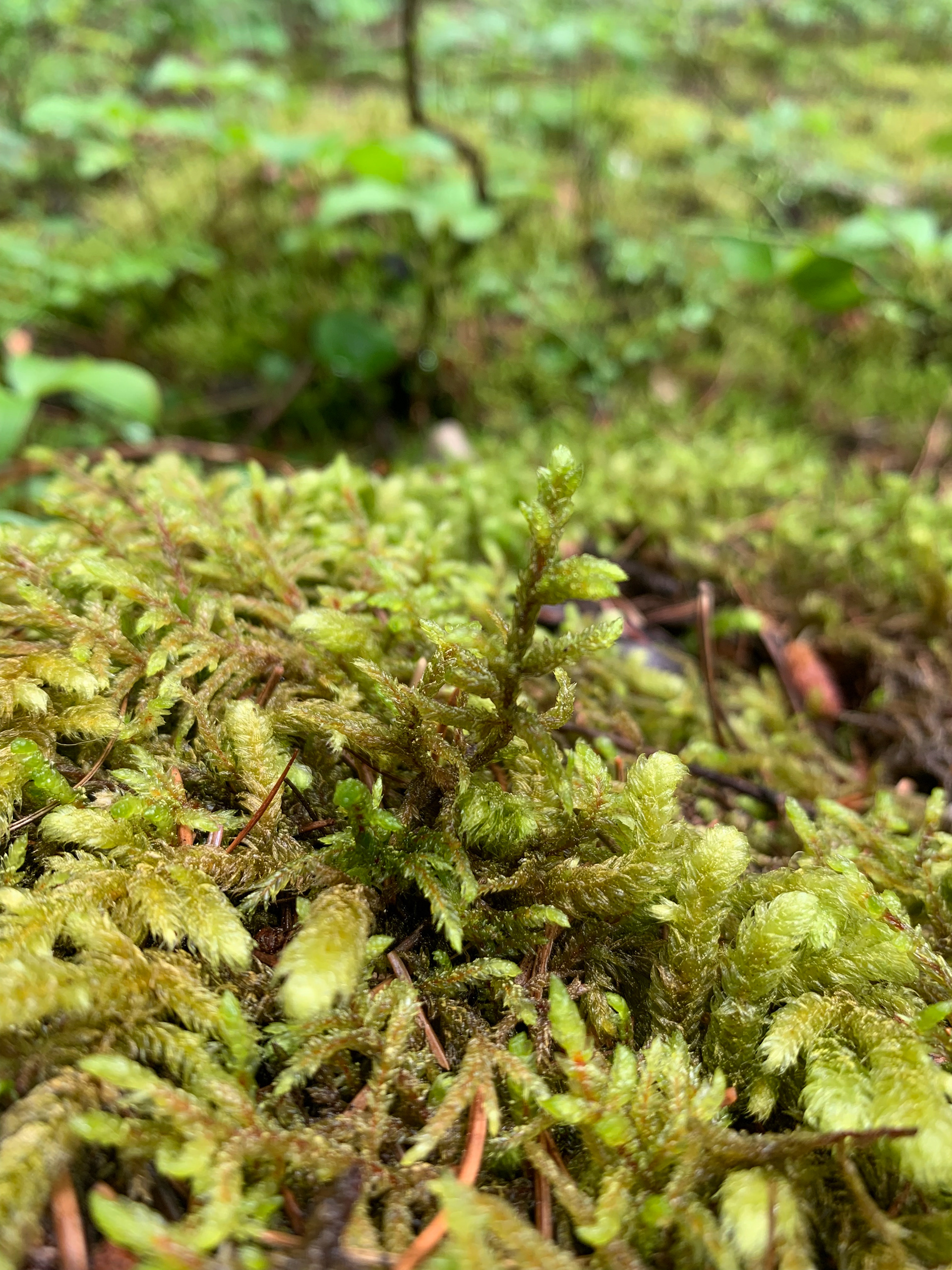
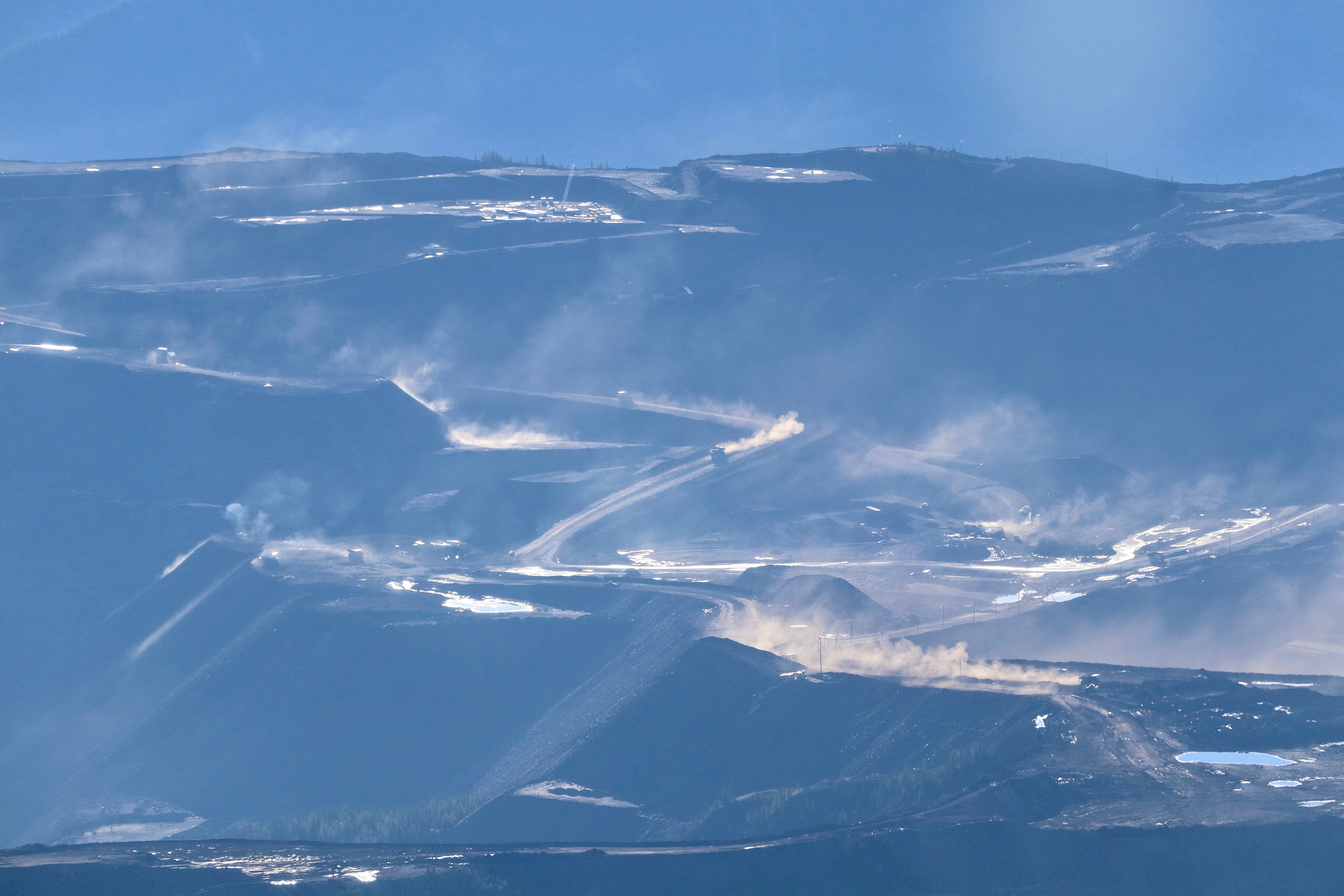
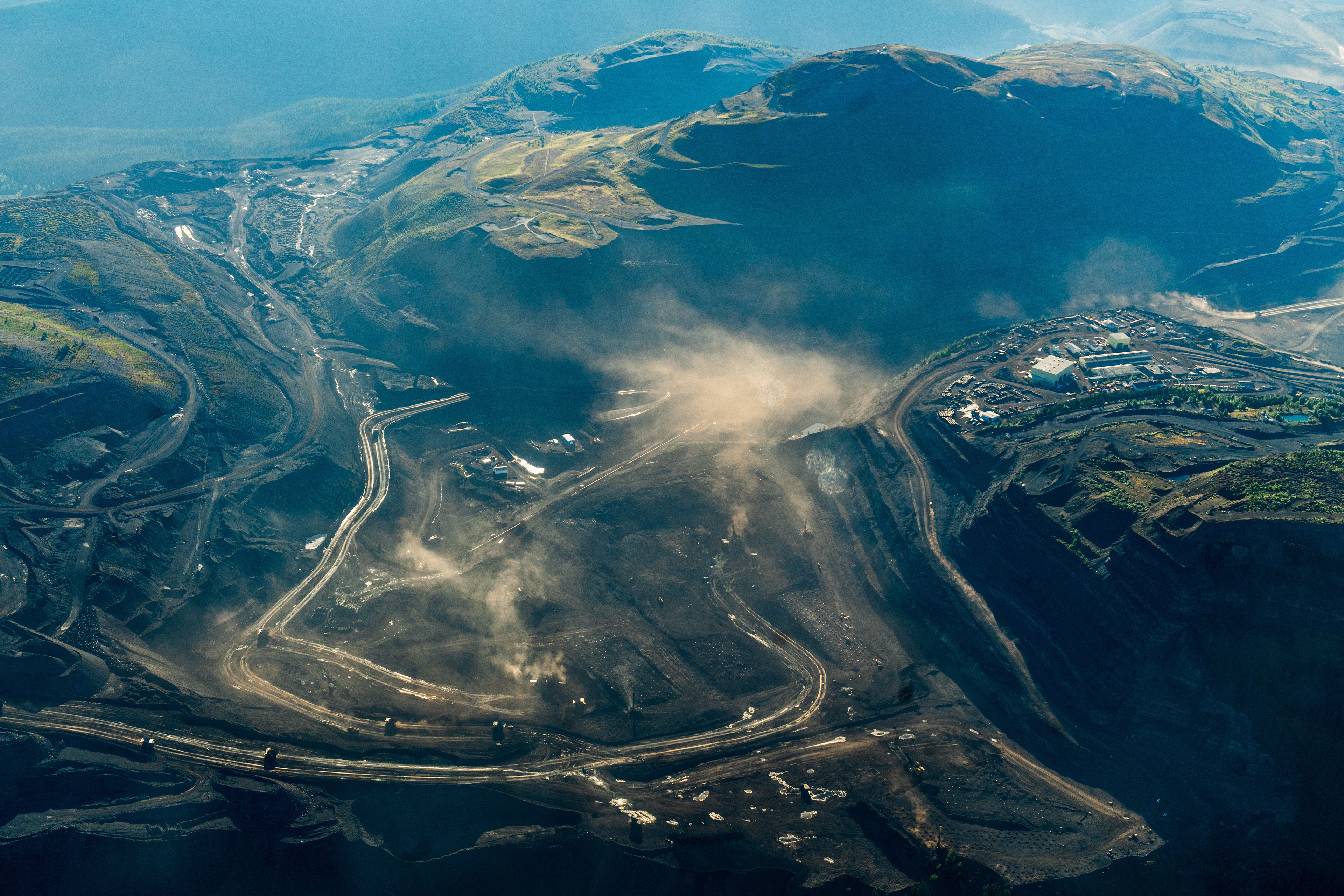
Policy and Sustainable Development
A portion of my work has focused on environmental policy which has included provincial and federal biodiversity policies, policies surrounding coal and metal mines, and government relations. This work has also included examining ways in which communities can transition away from fossil-fuel dependent economies, transiting towards long-term sustainable development.


